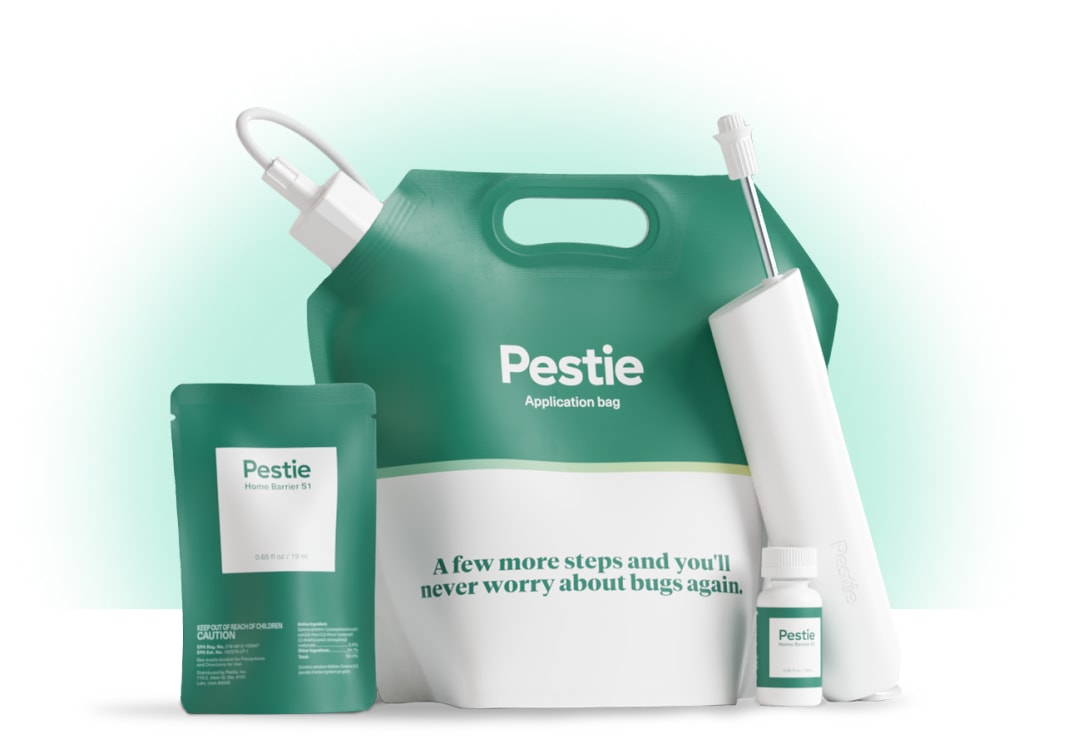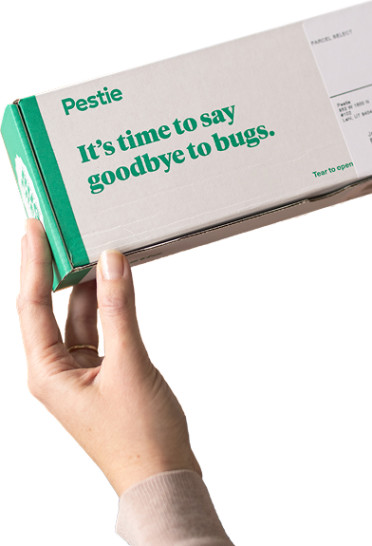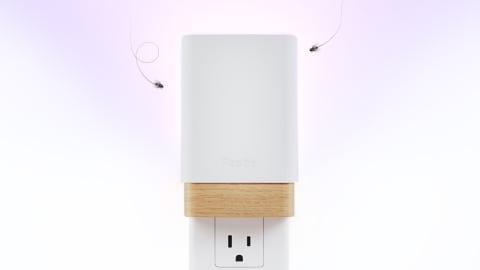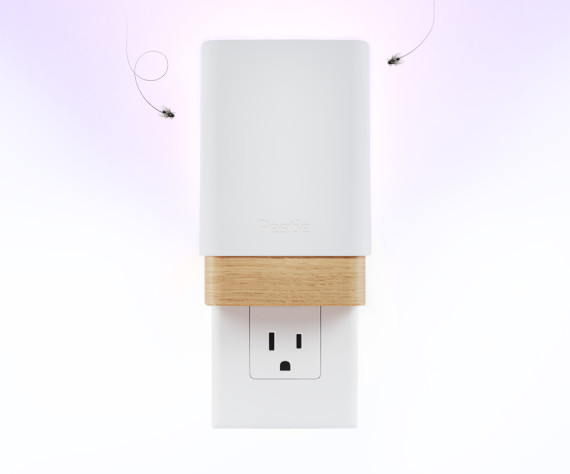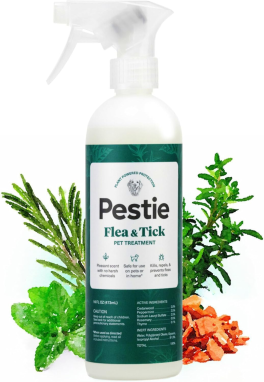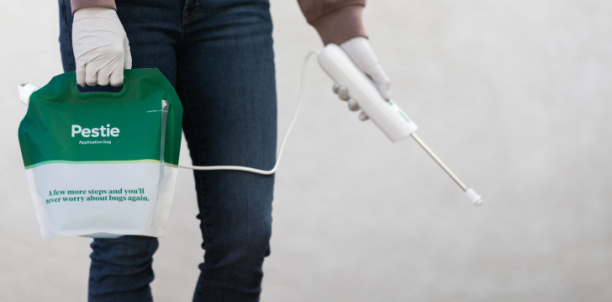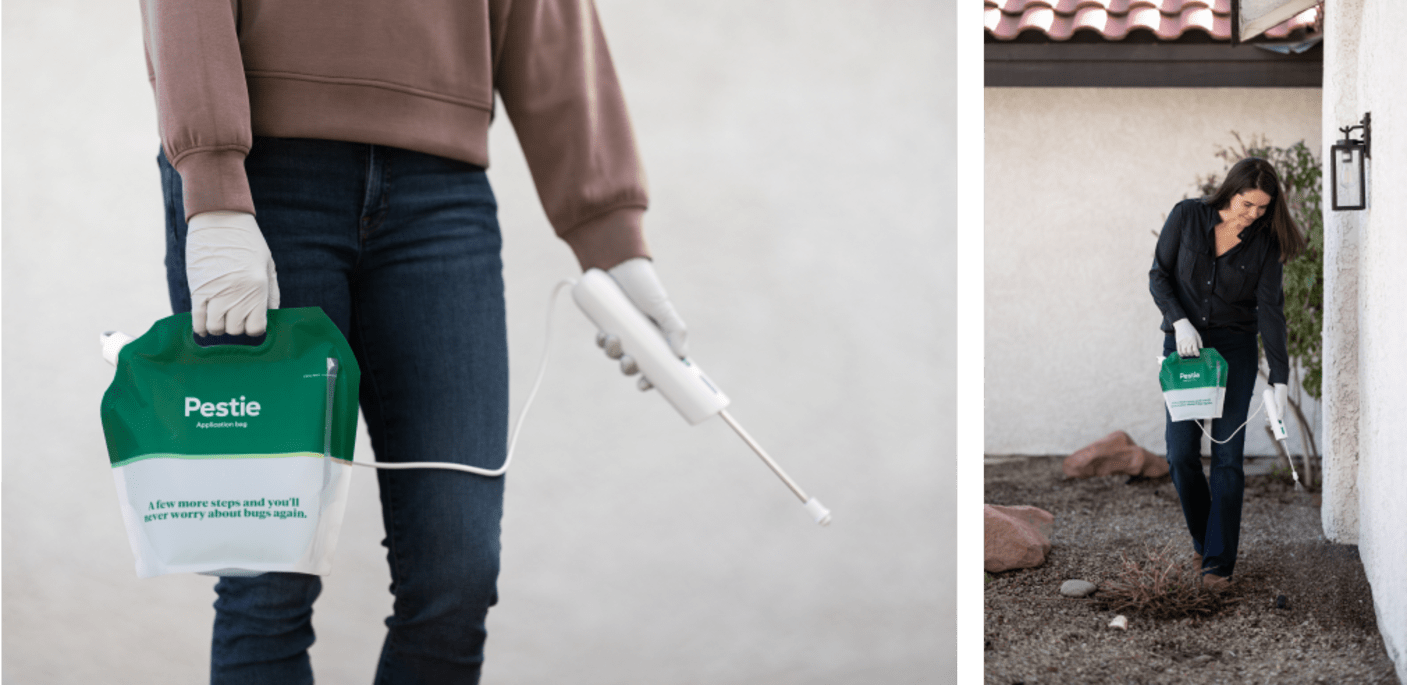How to identify and get rid of springtails
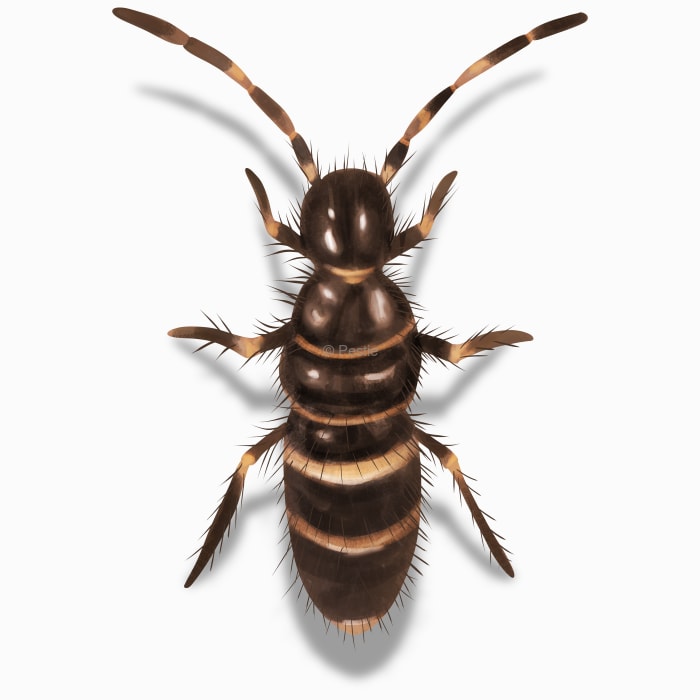
Tiny soil dwellers: the bouncing world of springtails
Below our feet is a world of tiny critters living, eating, and being eaten in the soil. Among those organisms are springtails. But who really cares about bugs we can’t see?
Springtails may be small, but their role in our ecosystems is huge! These little guys help break down leaves, wood, and other organic matter that turn into beautiful soil. And sometimes, these little guys can come into our home and become a nuisance.
Let’s learn more about these interesting creatures.
How to identify springtails
It can be difficult to see the fine features of a springtail, but if you look close enough, you’ll be able to tell it apart from other tiny insects.
First off, springtails are completely wingless, no matter their stage of life. Instead, they get around by crawling or jumping with a special mechanism on their abdomen that catapults them into the air.
Most springtails have an oval body and are either black, tan, or gray.
How big are springtails?
Springtails are only 1/16 of an inch long and sometimes smaller!
What other pests look like a springtail?
Springtails are hard to confuse with other insects, but their jumping behavior may get them mixed up with fleas.
Fleas will be flat on both sides and are hard to crush. Springtails, on the other hand, are round and are easily crushed.
Where do springtails live?
Springtails can be found throughout the world, even Antarctica! They prefer soil and leaf litter, but some can live on top of snow. One thing they must have to survive is moisture.
Springtails can be found in leaf litter, under rocks or bark, in moss, or on the surface of ponds.
How to get rid of springtails
Sometimes if the conditions are right, you may see a bunch of springtails jumping all over the floor near drains, moist basement areas, or even in potted plants. However, these tiny creatures don’t do any harm other than invading your space.
Luckily, springtails won’t survive very long indoors since they need moisture to stay alive. You can easily vacuum them up and dispose of them outside.
To prevent them from coming inside, you’ll want to:
- Seal up any cracks, gaps, or crevices that lead inside
- Repair leaks or clean up wet areas
- Dehumidify basements or other highly humid areas
One of the best ways to prevent springtails from coming into your home is by spraying and maintaining a bug-barrier. Pestie offers a pro-grade DIY solution that is easy to apply, keeping your home protected all year long.
Treat springtails with Pestie
If you're still having trouble keeping springtails away, the best option is to use a pro-grade, effective pest control solution like Pestie.
Pestie is a do-it-yourself pest control solution that's specially designed to keep springtails and other pests away from your home.
With Pestie, you can rest easy knowing that your living space is protected and free of creepy crawlies. And the best part? It's designed for people, pets, and the planet, so you can say goodbye to harsh chemicals and hello to peace of mind!
- Save hundreds compared to traditional annual pest plans
- People, pet, and planet-friendly
- Pro-grade customized formulas
Quick facts
- Scientific name
Collembola
- Colors
Black, tan, gray
- Life span
1 year
- Diet
Decaying organic materials (leaves, wood, etc…)
How dangerous are Springtails?
Low danger risk
Springtails, don’t bite, sting, or carry any diseases that could harm you, your pets, or your plants.
Because they are so small and light, some springtails can be picked up by wind currents and travel through the air. Even though they don’t have any wings, scientists have still found springtails 9000 ft in the air!
